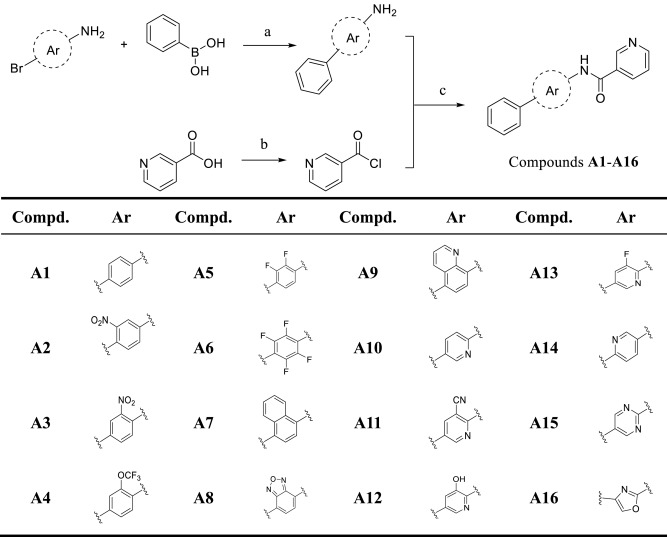
A novel advancement has occurred in the functionalization of thiophene rings, a prevalent element in pharmaceuticals and organic semiconductor substances, recognized for their conjugated frameworks that effectively promote charge transfer. Historically, the arylation strategies have concentrated on the alpha positions of the thiophene ring, yet the Canadian research team has introduced a technique that streamlines arylation at all positions, encompassing the difficult beta positions, which are vital for altering the molecule’s planarity and its resulting attributes.
The team of researchers devised a modular synthetic approach, initiating with a simple thiophene that has an alpha ester group. By employing a series of halogenation reactions and palladium-mediated couplings, they achieved the stepwise arylation of each ring position. This methodology permitted the formation of various di- and tri-substituted thiophene isomers, emphasizing the capacity to regulate regioselectivity throughout the arylation process.
Remarkably, the team produced a non-symmetric tetra-arylated thiophene, realizing a yield of 52% over seven steps, and successfully completed the procedure in less than 10 hours of cumulative reaction time. Their findings reinforce the significance of the alpha position ester group in governing effective coupling reactions to the beta positions, which are generally challenging to arylate.
Spectroscopic examinations revealed that arylation at the beta position minimally affects electronic properties unless an electron-withdrawing group is included. This revelation indicates that their approach could be broadly utilized, enabling other researchers to synthesize thiophene-containing compounds and polymers with unique optoelectronic features, potentially leading to breakthroughs in drug innovation and polymeric materials.